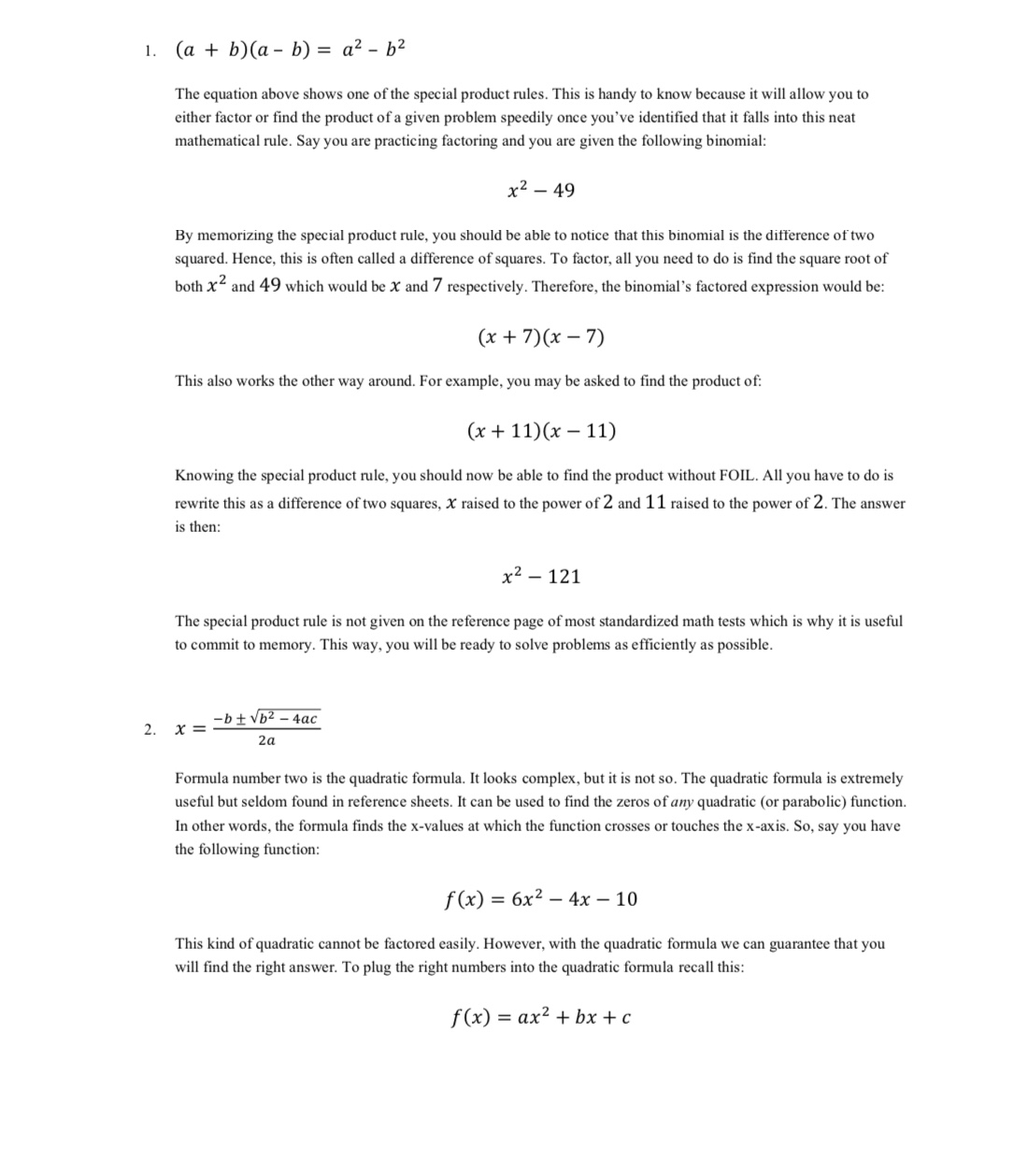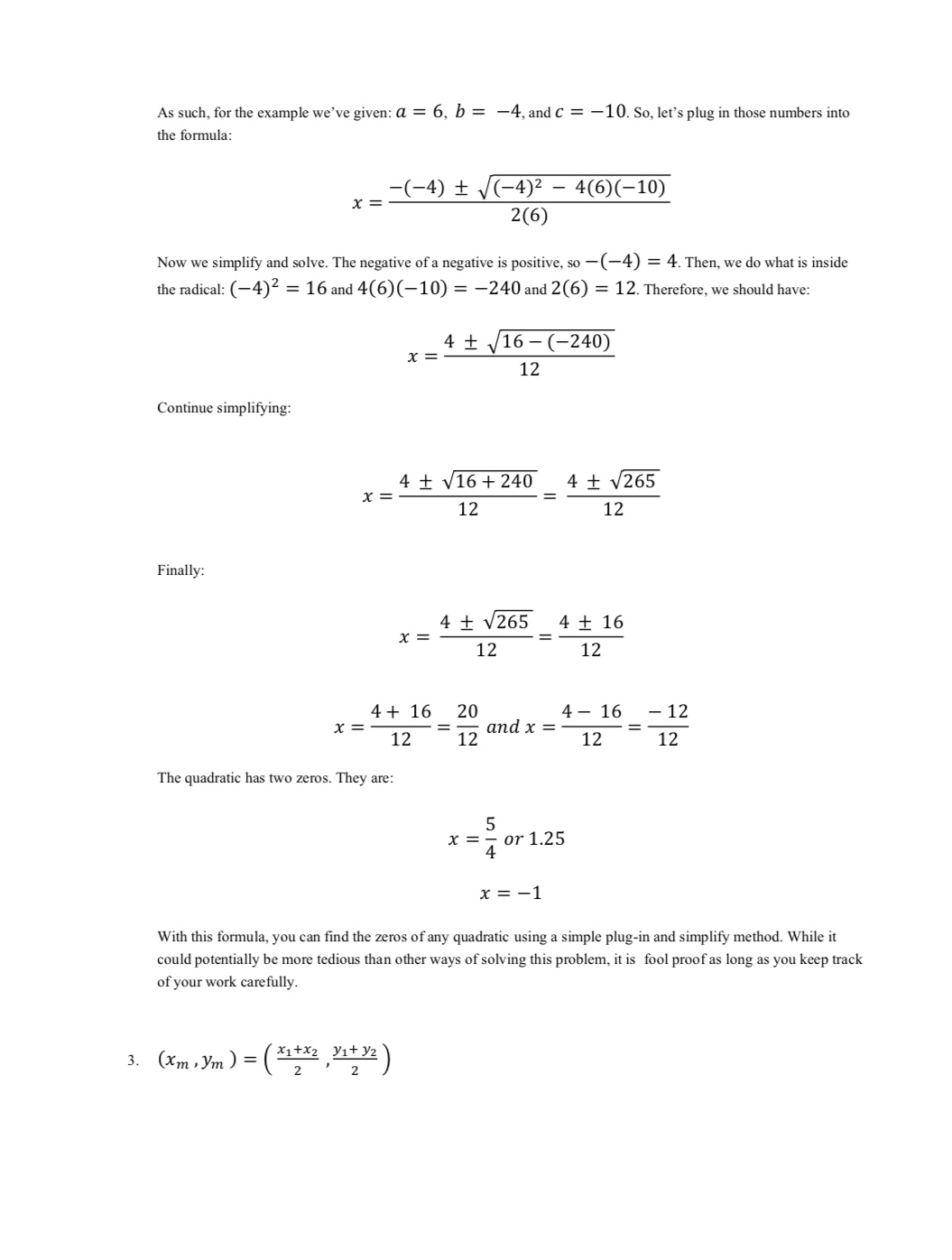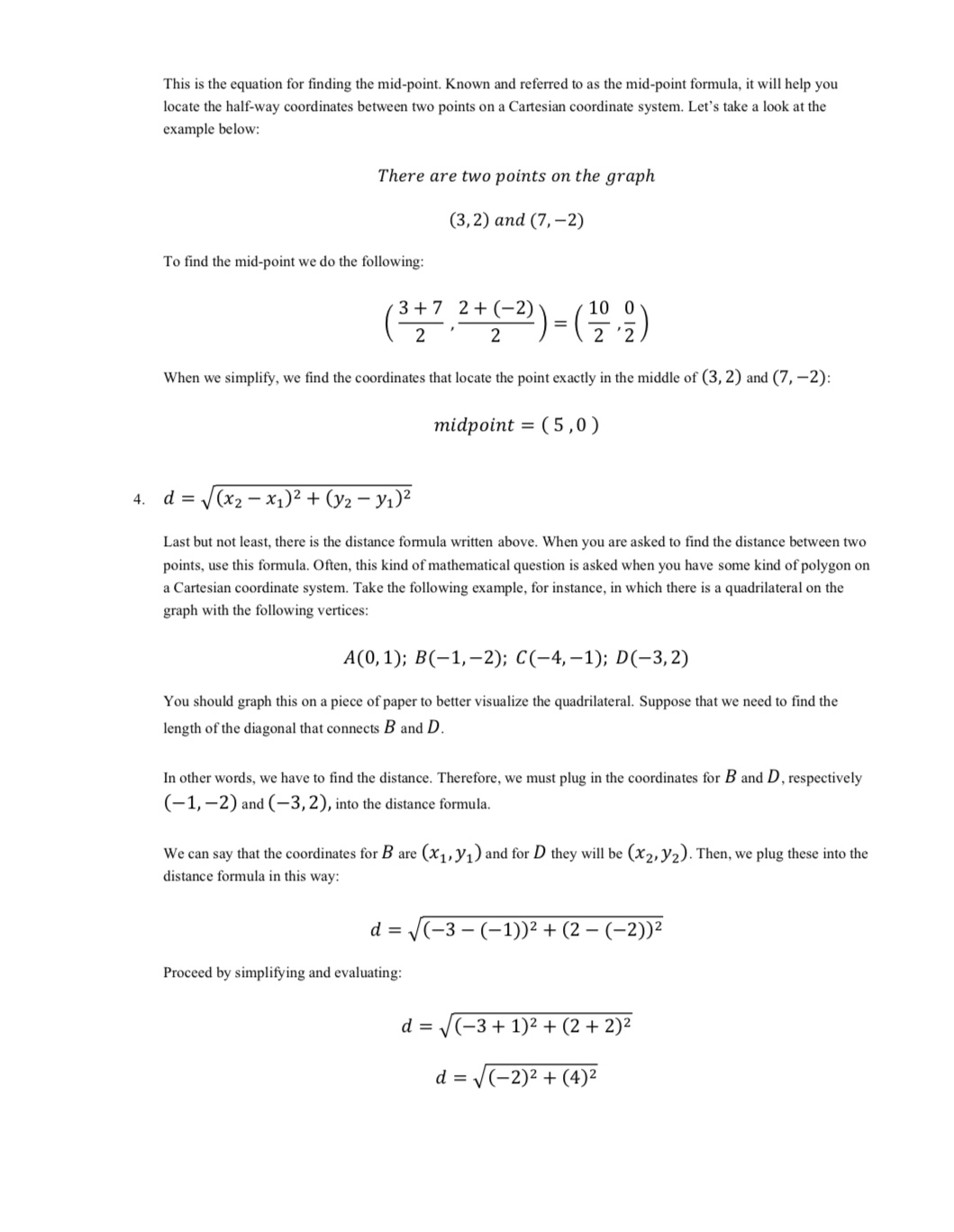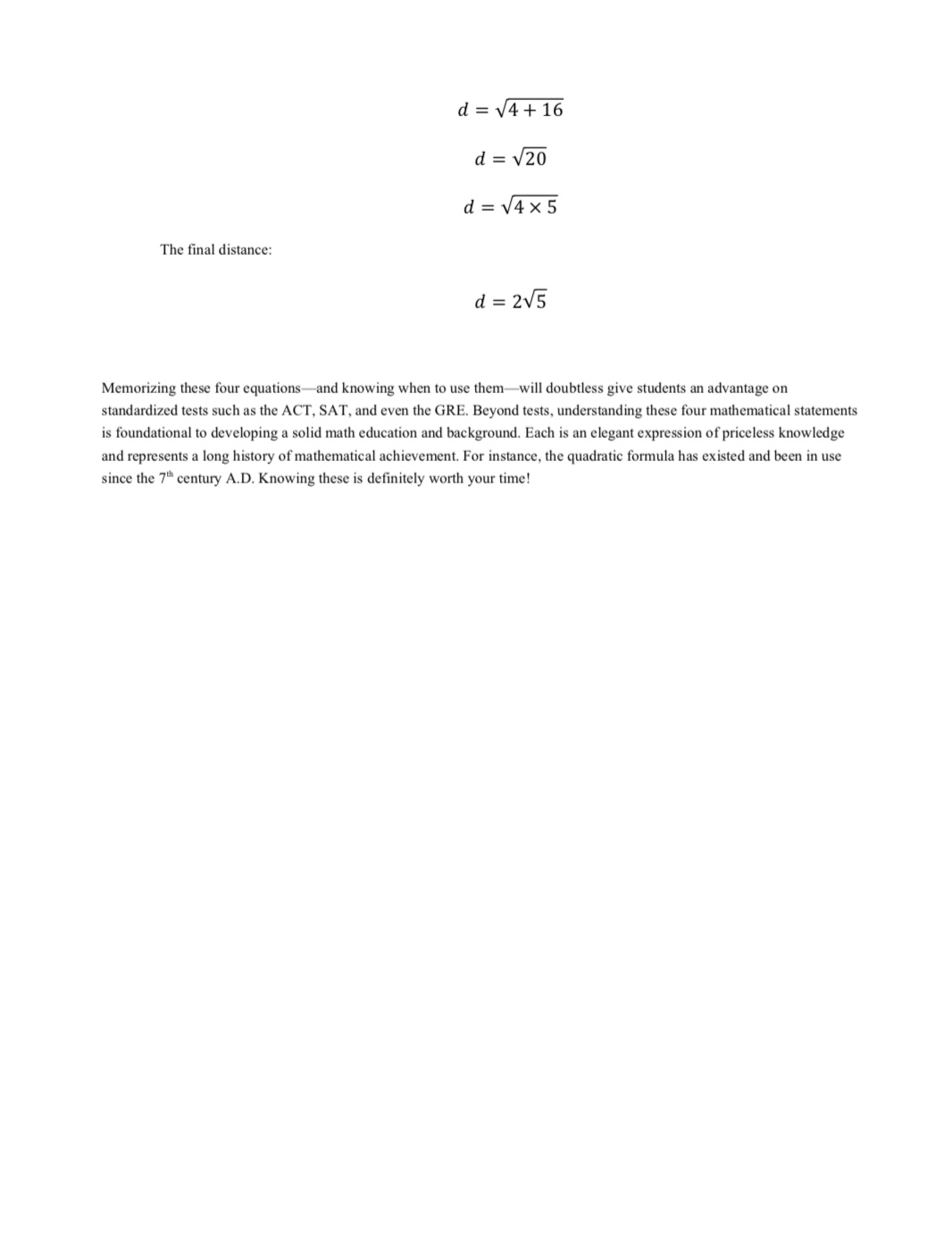- Apostrophe
In standardized exams, schoolwork, and everyday life alike, the apostrophe is a tricky grammatical concept. The rules guiding its usage are difficult for us to remember when we are writing despite how common it is. The two main purposes of the apostrophe are to indicate possession and form contractions. There are a couple crucial examples that help us illustrate the apostrophe’s correct usage and what it signifies when it appears and when it is absent. These are the ones people most often confuse, and the ones you need to master.
Its versus It’s
A common error people make is with the word “it.” Sometimes people use “its” when they mean “it’s” and vice versa. When you use the apostrophe and write “it’s,” this signifies that you have made a contraction of “it” and “is.” So, for example, read the sentence below:
I really enjoy going to the beach because it’s a great way to decompress from work.
In contrast, adding an “s” to the word “it” without an apostrophe indicates possession. That is, when the word is “its” instead of “it’s.” This example defies the convention of using “ ‘s” to signal possession. See the example below:
Make sure that the watch is placed in its box.
In this sentence “its” is used to denote that the watch has a box where it belongs. Therefore we use “its” instead of “it’s.” This is an important distinction that escapes us when we only focus on speech because the two are phonetic equivalents. The apostrophe helps to establish their difference in the written word. Using the apostrophe correctly goes a long way towards communicating properly. On an exam or in your own writing, ask yourself whether you mean to say “it is” or show possession when deciding to use the apostrophe.
Who’s versus Whose
The apostrophe signifies another critical distinction with regard to the word “who.” When we write “who’s” it is a contraction of “who” and “is.” By contrast, when we write “whose,” it is to denote possession. Let’s take a look at a few examples:
I wonder who’s going to become the coach for the cricket team?
Whose dog is that?
The first sentence uses “who’s” because the person is wondering “who is” going to become the coach. In this usage, the appearance of the apostrophe signifies a contraction between those two words. Because phonetically “who’s” and “whose” are identical people often confuse them. In the second sentence, the word “whose” denotes a possessive relation. The speaker is asking who the dog belongs to. In other words, who possesses the dog is the question.
Plural and Singular
The placement of the apostrophe changes for plural nouns that end in “s.” To show possession for a plural noun, put the apostrophe after the “s.” For example:
The kids’ playtime is over.
In this case, the sentence is about multiple kids so the word “kid” is pluralized with an “s.” Therefore, the apostrophe would no longer be placed after the “d” and before the “s” as in “kid’s” which is for one kid. Instead the apostrophe would just be added all the way at the end after the “s.” These two (kid’s versus kids’) sound the same, but the first is singular and the second is plural.
Note that this does not hold true for singular nouns that happen to end in “s.” Think of a name like “Carlos.” To express possession, you would still have to add an apostrophe and an extra “s” as in the following example:
That is Carlos’s book.
Knowing these differences is critical. Without knowledge of these grammar rules you will surely make errors and miscommunicate what you actually mean to say or write. Be sure to study them because it’ll help you excel in your English classes and academic tests.
- Oxford comma
The Oxford comma ranks highly among the controversies of our grammatical universe. Some people detest it, preferring to opt out when given the opportunity to use it. Others swear by it. They insist it is needed to accurately convey ideas. Here is an example of the Oxford comma in action:
We need to make sure that for our road trip we pack food, water, and clothes.
When the sentence gets to the list of items (food, water, etc.) there’s an extra comma before the conjunction. That’s the Oxford comma. Let’s take a look again:
For my comparative literature final, I have the option to write about the history of punctuation, word roots, or lexicography.
In this sentence, the Oxford comma once again appears, this time the conjunction is different: “or” rather than “and.” Of course, it would not be grammatically incorrect to omit the comma. However, some people do not choose to omit because one risks miscommunication.
There is a famous example of why to use the Oxford comma: a class action lawsuit. Drivers for Oakhurst Dairy sued the company because they failed to pay overtime.
Here’s the story. Workers in Maine are entitled to 1.5 times their normal pay for hours worked over 40 per week. However, there are exemptions to this rule. The law states that companies do not have to pay overtime for the following activities:
The canning, processing, preserving, freezing, drying, marketing, storing, packing for shipment or distribution of:
Agricultural produce;
Meat and fish product; and
Perishable foods
Oakhurst Dairy argued its drivers did not qualify for overtime because they engage in distribution, and the spirit of the law intended to list “packing for shipment” and “distribution” as two separate exempt activities.
The drivers argued the letter of the law said no such thing because at the end of the opening line, there is no comma before the “or.” Without the Oxford comma, the law could be read to exclude only packing—whether it was packing for shipment or packing for distribution. But, the activity of distribution, by itself, in this case, would not be exempt from overtime payment.
Without the Oxford comma, things get confusing and more than one way of interpreting something becomes more possible. Avoid that, and use the comma to make sure you express yourself accurately and precisely.
- The semicolon
Perhaps the most abused and misused punctuation mark, the semicolon is deeply misunderstood. It is supposed to be used to combine two closely-related independent clauses into a single sentence. Yet it often gets used incorrectly. Below is an example of a proper semicolon in use:
It’s super sunny outside; I think I’ll head to the park.
Both these clauses are independent and could be sentences on their own. A semicolon’s purpose is making what could be two sentences one. That is, we could easily also write:
It’s super sunny outside. I think I’ll head to the park.
If you are wondering how to use the semicolon properly try to see if the clauses you are combining with the semicolon could be complete sentences themselves. If not, then the semicolon is not appropriate. If they can, then you are using it right. Another way to think of the semicolon is this way. Read the sentence below:
It’s super sunny outside, and I think I’ll head to the park.
So, in other words, the semicolon almost serves the same function as a comma plus a coordinating conjunction such as “and” or “but.” When a coordinating conjunction is preceded by a comma, that also indicates that you are combining independent clauses. It’s as if you are given the option to end the sentence but would rather not.
Another common use of the semicolon is to separate items on a list when those items contain commas. An example could be a list of state capitals. Since there is already a comma, use semicolons. Read the example below:
My favorite state capitals are Tallahassee, FL; Honolulu, HI; Harrisburg, PA; and Austin, TX.
Without the semicolon, the sentence above would be difficult to understand, a string of confusing nouns and commas with no structure to guide the reader. The semicolon clarifies the list into distinct items that each comprise two parts.
In conclusion, these three grammar rules are necessary for you to know to elevate your writing and communication skills. These are definitely not the only important ones but they will help when you are taking grammar tests and writing essays. Be sure to study them and incorporate them into your grammatical tool kit to improve your language skills.













